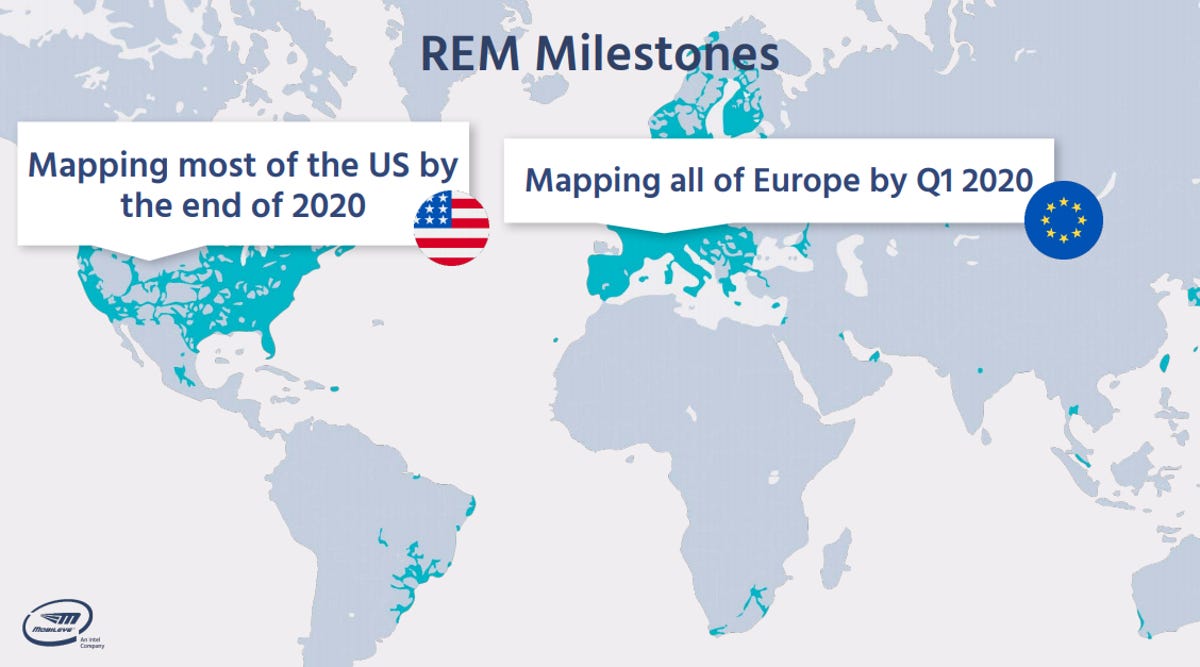gearchruncher
Well-Known Member
Thanks for the video! I notice those videos show way more ahead than any camera sensor ever read. This means they are using HD maps. Do you happen to know if this is generalized L4, or constrained to places where they have very up to date maps collected by another device? What about the path planning- are these hand laid out routes?
The part where it goes around an ambulance is fascinating- it waits for other cars to go around first, and seems to "learn" from that, but that is also an interesting behavior for the end goal of not having human driven cars around.
I bring all of this up because it points out how two supposedly independent systems really aren't, so you really don't expect that much improving in failure rates from combinations.
The part where it goes around an ambulance is fascinating- it waits for other cars to go around first, and seems to "learn" from that, but that is also an interesting behavior for the end goal of not having human driven cars around.
How does the radar/lidar system read lane lines or handle a detour sign with an arrow on it?But the vision-only can do everything and the radar/lidar can do everything except traffic lights.
I bring all of this up because it points out how two supposedly independent systems really aren't, so you really don't expect that much improving in failure rates from combinations.



